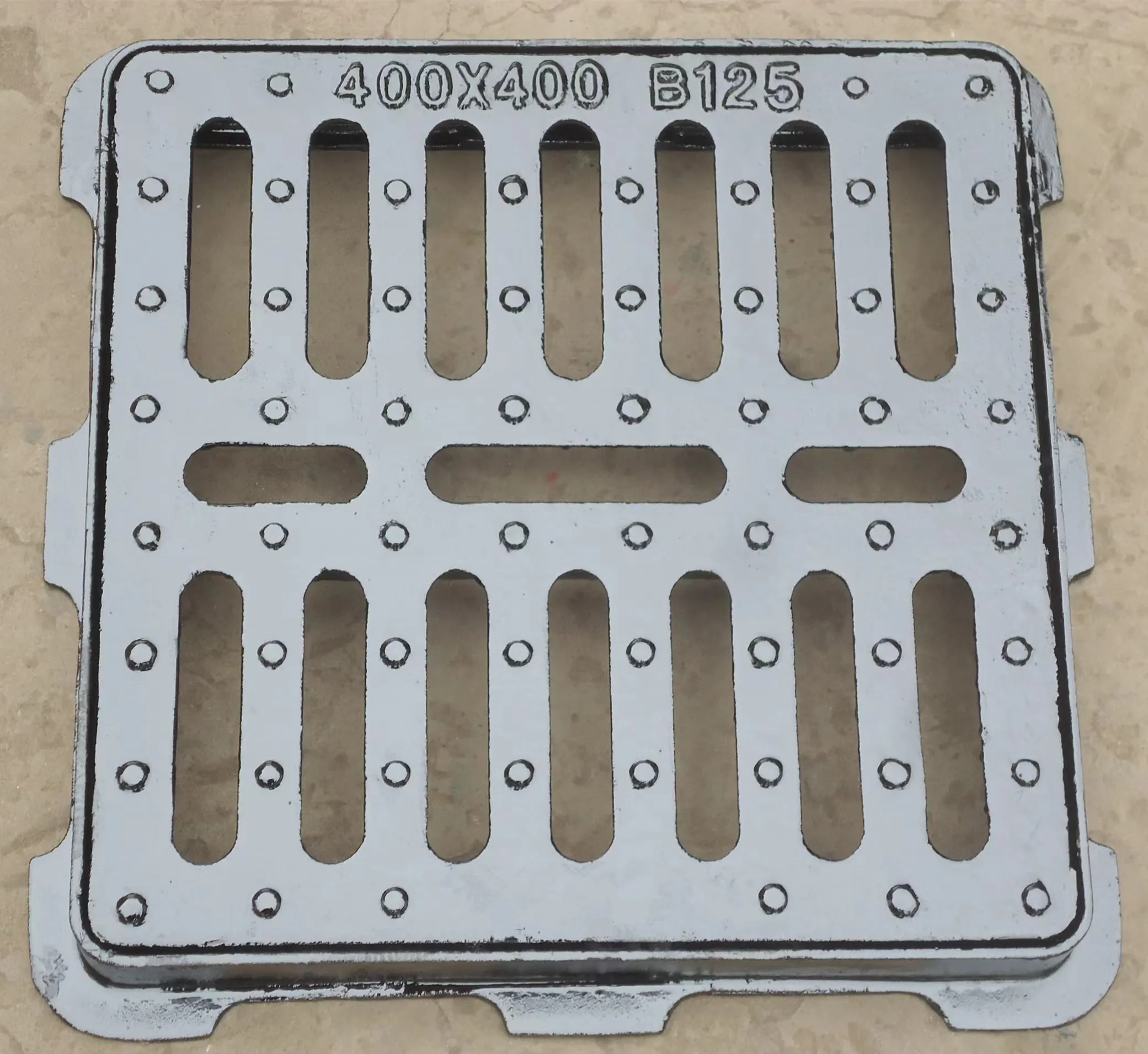Understanding the Function and Importance of Air Relief Valves in Systems
Understanding Air Relief Valves An Essential Component in Fluid Systems
Air relief valves play a crucial role in various fluid handling systems, ensuring the safe and efficient operation of piping networks and vessels. These valves are specifically designed to release accumulated air or gases from a system, preventing excessive pressure build-up and potential operational hazards.
The primary function of an air relief valve is to maintain optimal pressure within a system. In many cases, fluids are transported through pipelines that may have pockets of air trapped due to various factors, such as temperature changes or fluid movement. If left unchecked, this trapped air can lead to pressure fluctuations that might compromise the integrity of the pipes, associated fittings, or even the entire system. By releasing excess air, air relief valves help maintain a stable operating pressure, reducing the risk of leaks, bursts, or other failures.
The construction of air relief valves typically includes a valve body, a sealing mechanism, and an actuator. The valve body houses the internal components and connects to the pipeline. The sealing mechanism ensures that the valve remains closed under normal operating conditions, while the actuator responds to changes in pressure.
air relief valve

There are two primary types of air relief valves automatic and manual. Automatic air relief valves are equipped with mechanisms that automatically open when the internal pressure exceeds a predetermined threshold. This ensures that air is released promptly without the need for human intervention. Conversely, manual air relief valves require an operator to open them, providing more control over the release process but increasing the risk of human error.
When selecting an air relief valve, several factors should be considered, including the specific application, pressure rating, and the materials of construction. Compatibility with the fluid being handled is crucial, as certain chemicals may corrode or degrade specific materials. Additionally, the valve's size and the operational pressure range must align with the system's requirements to function effectively.
Regular maintenance of air relief valves is essential to ensure they operate properly and reliably over time. Routine inspections can help identify any potential issues, such as debris accumulation or seal deterioration, that might impede functionality.
In summary, air relief valves are vital components in fluid systems, playing a significant role in maintaining safety and efficiency. By effectively managing air and gas accumulation, these valves ensure smooth operation, prolong the lifespan of equipment, and mitigate the risk of hazardous incidents. Understanding their function and proper maintenance is key to optimizing system performance and safety.
-
The Smarter Choice for Pedestrian AreasNewsJun.30,2025
-
The Gold Standard in Round Drain CoversNewsJun.30,2025
-
The Gold Standard in Manhole Cover SystemsNewsJun.30,2025
-
Superior Drainage Solutions with Premium Gully GratesNewsJun.30,2025
-
Superior Drainage Solutions for Global InfrastructureNewsJun.30,2025
-
Square Manhole Solutions for Modern InfrastructureNewsJun.30,2025
-
Premium Manhole Covers for Modern InfrastructureNewsJun.30,2025
